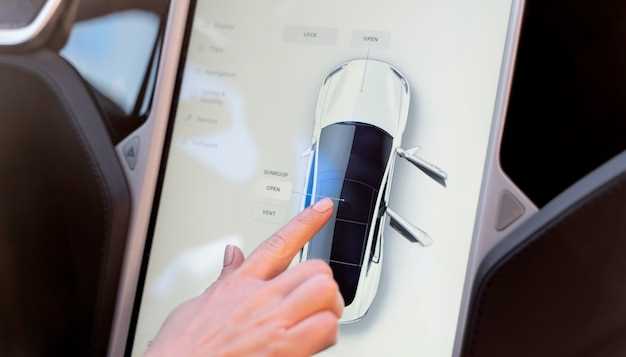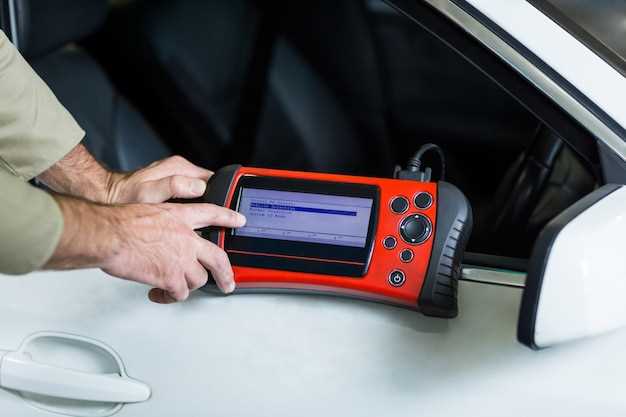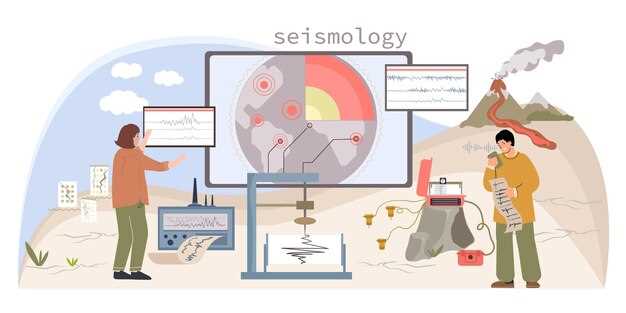
The growing awareness of environmental issues has made emissions testing a vital component of vehicle inspection processes across the globe. Emissions testing is designed to measure the levels of harmful pollutants released by vehicles, ensuring compliance with regulatory standards aimed at reducing air pollution. This systematic approach not only helps protect our environment but also promotes public health by limiting exposure to toxic emissions.
During the inspection process, various methods are employed to assess the emissions produced by a vehicle. These methods may include tailpipe testing, onboard diagnostics assessments, and even the use of dynamometers to simulate real-world driving conditions. Each technique provides valuable data that helps determine whether a vehicle meets the established emissions criteria, guiding necessary repairs or adjustments if it does not.
Understanding the intricacies of emissions testing is crucial for both vehicle owners and industry professionals. By grasping the principles behind these inspections, individuals can make informed decisions regarding vehicle maintenance and environmental responsibility. Furthermore, a deeper knowledge of emissions testing can foster advocacy for cleaner technologies and encourage greater compliance with environmental regulations.
Key Components of Vehicle Emissions Testing Procedures

Vehicle emissions testing is a critical process designed to measure the pollutants produced by a vehicle’s exhaust system. Several key components are essential for ensuring an accurate and reliable inspection.
- Emission Standards: Regulatory agencies establish specific emissions limits for various pollutants. These standards guide the testing process and ensure compliance with environmental laws.
- Test Equipment: Accurate and calibrated equipment is vital for measuring emissions. Common tools include gas analyzers, which quantify harmful gases such as carbon monoxide (CO), hydrocarbons (HC), and nitrogen oxides (NOx).
- Testing Procedures: The inspection typically follows a standardized method, which may include idle tests, accelerated simulations, or on-board diagnostics (OBD) checks. Each procedure is designed to provide a comprehensive evaluation of a vehicle’s emissions.
- Sample Collection: During the emissions test, samples of exhaust gases are collected at various points. This allows for a thorough analysis of the vehicle’s output under different operating conditions.
- Data Analysis: After collecting samples, the data is analyzed using specialized software. This step is crucial for determining whether the vehicle meets the required emissions limits.
- Compliance Reporting: Once the testing and analysis are complete, a report is generated. This document includes the results, any detected issues, and recommendations for emissions-related repairs if necessary.
- Follow-Up Inspections: Some vehicles may require follow-up inspections to ensure compliance, particularly if they initially failed the emissions test. This may involve checking repairs or modifications made to the vehicle.
Understanding these components is essential for both vehicle owners and regulatory bodies to ensure that emissions testing supports environmental protection efforts effectively.
Common Reasons for Emissions Test Failures and Solutions

Emissions testing is an essential procedure to ensure that cars meet environmental standards. However, many vehicles fail these inspections due to various reasons. Understanding these common issues can help car owners take corrective actions.
1. Faulty Oxygen Sensors: Oxygen sensors monitor the amount of oxygen in the exhaust gases. When they malfunction, they can send incorrect readings to the engine control unit. This can lead to inefficient fuel combustion and increased emissions. Solution: Replace the faulty oxygen sensors to restore correct functionality.
2. Leaking Exhaust Systems: A leak in the exhaust system can cause excess emissions to escape before they are treated by the catalytic converter. This situation can lead to test failures. Solution: Inspect the exhaust system for cracks or holes and repair them promptly.
3. Malfunctioning Catalytic Converters: The catalytic converter is vital for reducing harmful emissions. If it becomes clogged or fails, it can lead to a significant increase in emissions. Solution: If the catalytic converter is damaged or malfunctioning, replacement is often necessary.
4. Dirty Air Filters: An obstructed air filter can limit airflow into the engine, causing inefficient combustion and higher emissions. Solution: Regularly check and replace air filters as needed to maintain optimal performance.
5. Engine Light On: If the check engine light is illuminated, it often indicates an underlying problem that could lead to emissions test failure. Solution: Use an OBD-II scanner to diagnose the issue and fix any underlying problems before the test.
6. Fuel System Issues: Problems with fuel injectors or the fuel pump can cause poor fuel atomization, leading to higher emissions. Solution: Clean or replace the injectors and ensure the fuel pump is functioning correctly.
7. Improper Tire Pressure: While it may seem unrelated, incorrect tire pressure can affect a car’s emissions output. Low tire pressure can lead to increased rolling resistance, causing the engine to work harder. Solution: Regularly check and maintain the proper tire pressure for your vehicle.
By addressing these common issues, car owners can improve their chances of passing emissions tests and contribute to a cleaner environment.
The Role of Car Inspections in Maintaining Environmental Standards
Car inspections play a critical role in ensuring that vehicles comply with environmental regulations, particularly regarding emissions. These inspections serve as a systematic evaluation of a vehicle’s engine and exhaust systems to assess their performance and impact on air quality.
During an inspection, technicians utilize specialized equipment to measure the level of emissions produced by the vehicle. This process helps identify whether the car is operating within the established environmental limits. If a vehicle exceeding these limits is detected, it can be flagged for repairs, ensuring that it becomes compliant before returning to the road.
The implementation of regular inspections is essential for reducing air pollutants. Vehicles that release excessive emissions can contribute significantly to air quality deterioration, posing health risks to the public and damaging the environment. By enforcing rigorous inspection protocols, authorities can mitigate these risks and encourage car owners to maintain their vehicles in optimal condition.
Furthermore, car inspections promote broader compliance with environmental standards, fostering a culture of responsibility among vehicle owners. When individuals understand the importance of maintaining low emissions, they are more likely to invest in upgrades and repairs that enhance their vehicle’s efficiency and reduce its ecological footprint.
In conclusion, car inspections are a vital component of environmental protection efforts. They not only ensure compliance with emissions standards but also contribute to the overall improvement of air quality and public health.





